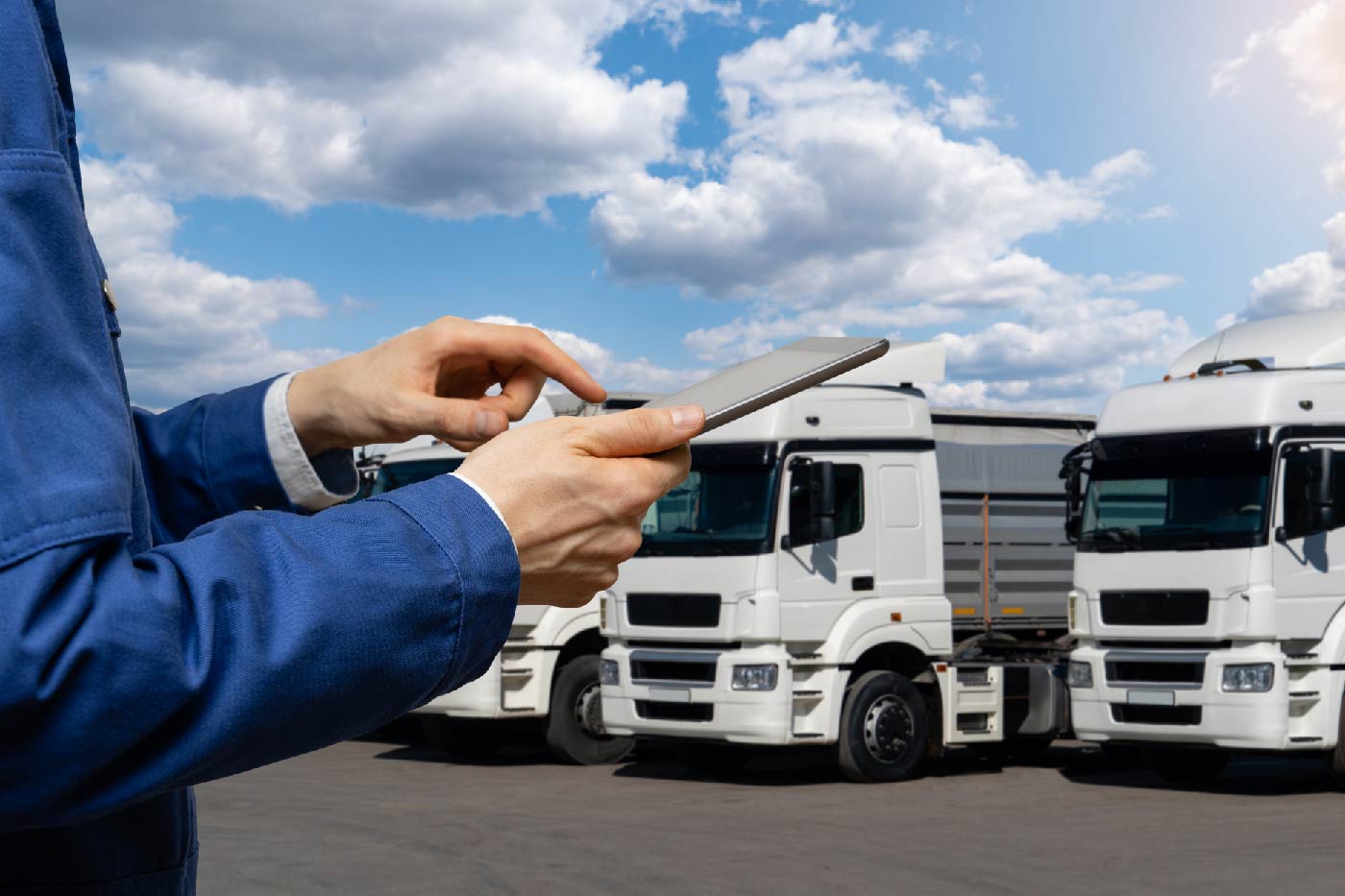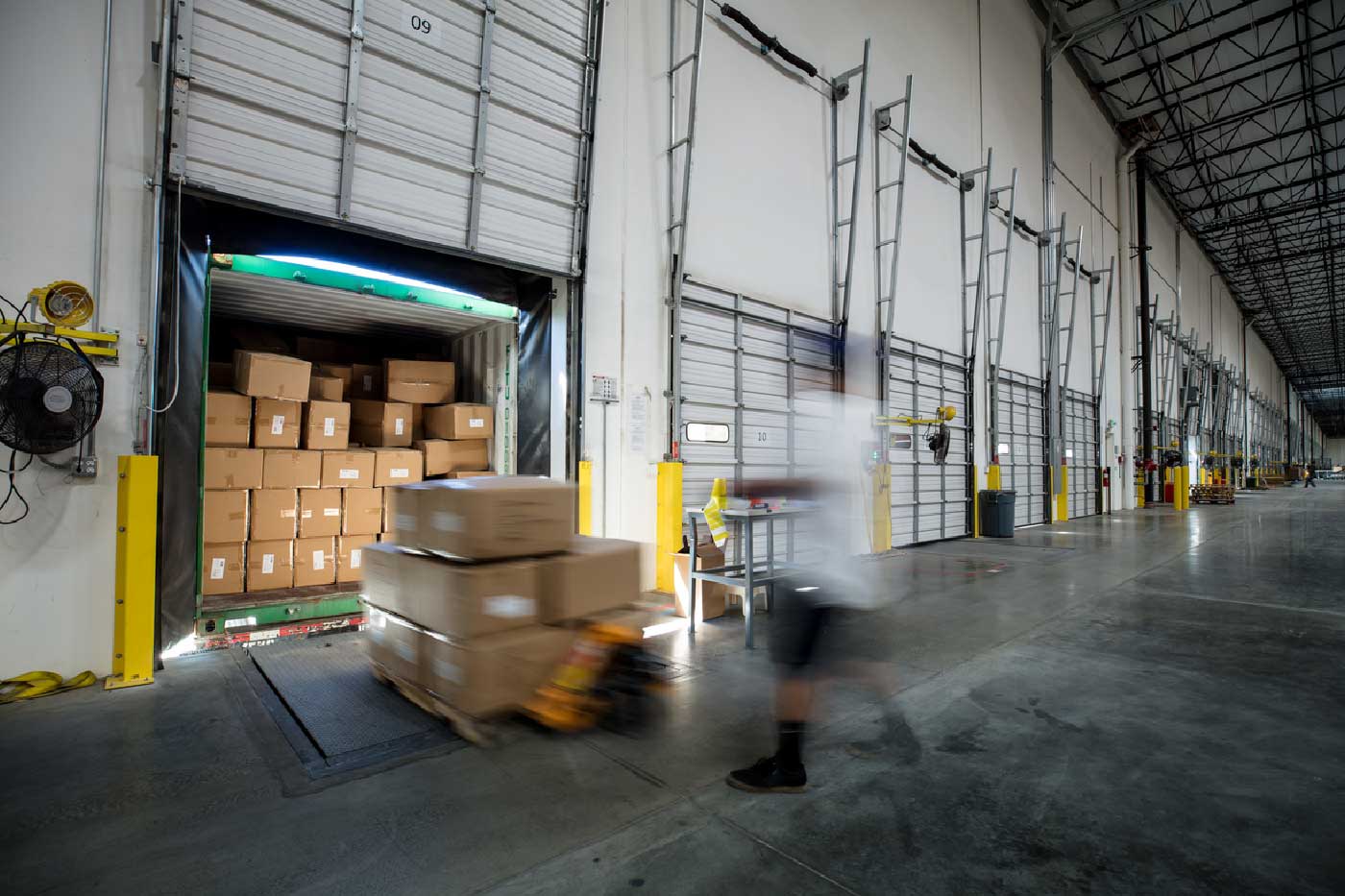Geofencing technology is the new tool used by fleet managers to optimize vehicle management. Thanks to this innovative technology, based on a GPS system, companies will obtain great benefits in their logistics area. Benefits will be reported both in terms of productivity and safety.
What is geofencing? This technology uses a GPS system to establish an invisible perimeter within which a company’s vehicles can move in a controlled manner. The fleet manager creates a closed area that vehicles will not be able to leave, or on the opposite side, an area that vehicles will not be able to enter. It will be the administrator himself who, supported by this geopositioning technology, will determine the size, shape and conditions of the area.
What can you offer to a fleet management system?
Applied to the logistics sector, geofencing technology is implemented through sophisticated software and various hardware systems located at strategic fixed and mobile geographic points. These systems will allow monitoring of vehicles and goods within the control perimeter previously marked. If any of the vehicles or packages were to leave the perimeter, the various alerts would be activated.
Nowadays, a fleet management system is essential to achieve an optimal logistics organization. And geo-positioning technology enables this management through immediate access to relevant information such as vehicle position, fuel expenditure or the driver’s driving habits.
The establishment of a closed perimeter makes it possible to control vehicle departures, routes and arrivals easily, quickly and effectively. This exhaustive control will make known the needs of the carriers and contribute to the improvement of their working conditions. Its main assets are the ability to respond in real time to incidents and to give total visibility to logistics operations.
GPS vehicle tracking provides accurate data on the speed, direction and exact location of each vehicle. Thus becoming a useful tool for drivers’ information. This system also provides information on the vehicle’s status, detecting possible faults and malfunctions and alerting the driver to their existence. It is also an effective tool for the recovery of stolen vehicles.
Geofencing has become the fleet manager ‘s greatest ally today. And the most recognized companies worldwide, such as Amazon, have already implemented this technology in their logistics processes.
The use of this technology makes it possible to solve a multitude of problems that until now have meant delays and loss of efficiency in a company’s logistics processes. Vehicle tracking using GPS and geopositioning technology has become a key factor in improving the flexibility of services and responding to today’s customer, who has become an active user.
What are the benefits of Geofencing technology?
The benefits of geofencing can be summarized in cost reduction, security and management efficiency. The control of the fleet vehicles allows cost reduction in the different areas. In addition to the aforementioned reduction in expenses derived from unforeseen events, there is also a reduction in fuel costs. Because route optimization through geofencing technology reduces the number of kilometers traveled and, therefore, fuel costs. The reduction of kilometers, in turn, will reduce the time, thus increasing the efficiency of the service.
Drivers themselves will also benefit from the implementation of this technology. This tool will increase the safety of the vehicles in the fleet. While optimizing fleet management through geofencing will reduce driving times. And this translates into less wear and tear on vehicles and less driver fatigue. At the same time, fleet control through geofencing will provide information relevant to driver and cargo safety, such as vehicle speed.
The fleet manager and the carriers themselves are not the only ones who will benefit from the implementation of these geopositioning-based systems. The customer will also appreciate the fleet control system. Firstly, because of the aforementioned reduction in delivery times. And secondly by personalization of customer service. Among other benefits, these systems offer the possibility of tracking goods in real time and establishing an estimated date of receipt.
The benefits reported by geofencing have positioned this tool for fleet management and control as the one that guarantees the highest return on initial investment for companies. This is demonstrated by the data.
Geofencing fleet control and tracking to save time and money
Efficiency in fleet management by incorporating geofencing technology translates into cost reduction. As well as increasing productivity in the work performed, thus reducing the number of incidents, execution time and punctuality of deliveries and collections and increasing customer satisfaction.
FIELDEAS offers companies, through its Track and Trace solution, real-time information on all carrier actions with the incorporation of geofencing. This provides total end-to-end management, visibility and control.
With the use of systems based on GPS technology, the fleet manager will be able to have an accurate control of vehicle departures and arrivals and implement strategies for process improvement based on the data obtained. Geofencing is the path to transport optimization as a phase of the logistics process.











